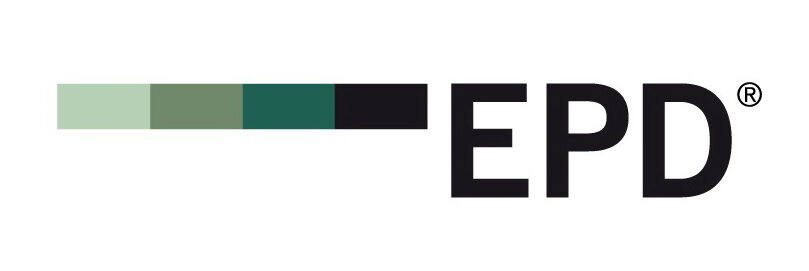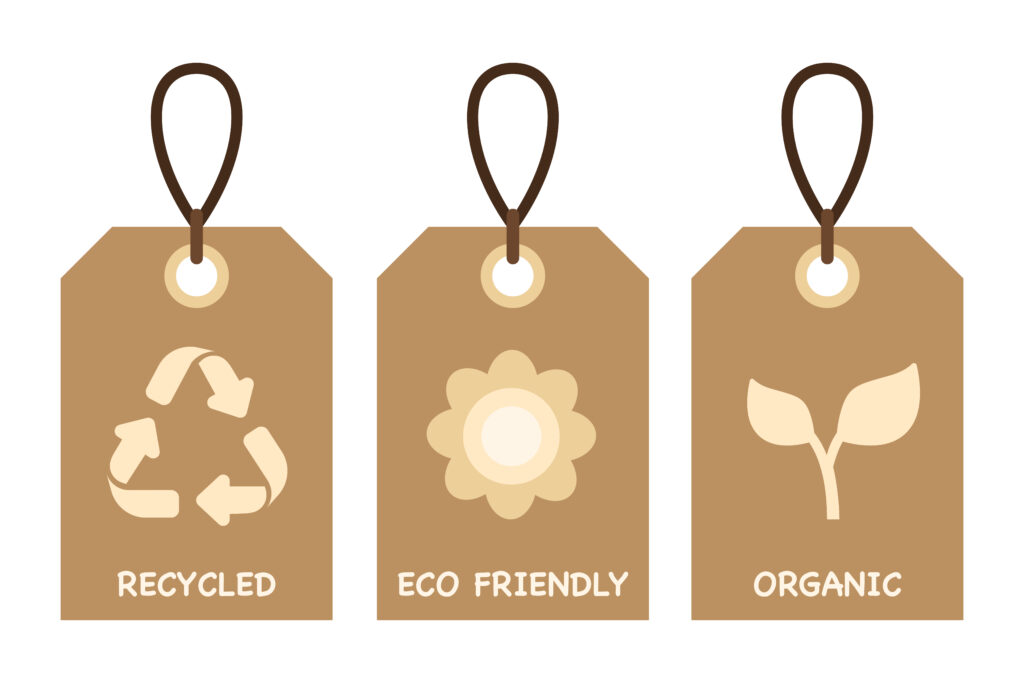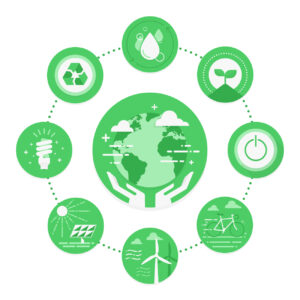
Why is EPD so important ?
EPD International AB
Product-related environmental issues are becoming increasingly important for companies and other organizations. The international EPD system is an information system that objectively describes the environmental impact of products and services from a life cycle perspective. The purpose is to provide relevant, quality-assured and comparable information on the environmental performance of goods and services in so-called environmental product declarations (EPD).
The need for qualified environmental information is increasing rapidly in line with a growing awareness of the environmental impact of goods services throughout the life cycle. In order to meet information requirements from various stakeholders, we, in NPA Nordiskt Papper, already created report the environmental impact of our products. Through the EPD system, we have the opportunity to do this in a credible way, what gives us additional stability in the international market.
Environmentally adapted procurement
Perhaps one of the most important areas of use for EPD is environmentally friendly procurement. Many manufacturers, sellers and buyers increasingly need data that forms the basis for making objective assessments and fair comparisons of what goods and products contain, but also to see what these cause for environmental problems in a life cycle perspective. Many consumer products now also have EPDs, for paper products are one of the largest product groups with EPDs.
Many companies want to make claims of their products’ environmental superiority. Such claims must, however, be used in a credible and truthful manner. If the company has developed an EPD, this is a comprehensive basis for marketing. The international standard ISO 14021 states that only environmental claims that can be supported by up-to-date and documented facts may be used. Vague claims, such as ”environmentally friendly” should be avoided.
Informing and reporting
When developing an EPD, the environmental performance of the product shall be described from a life cycle perspective by carrying out a life cycle assessment (LCA) of the product. The results of the LCA study and other information mandated by the reference PCR and General Programme Instructions shall be compiled in the EPD reporting format. The EPD shall then be verified by an approved independent verifier before being registered and published at the International EPD System via EPD Portal.

International system
International system Sweden has long been a pioneer in the communication of products’ environmental performance. But since 1998, when the EPD system was launched, interest from different countries has increased and thus it has been gradually transformed into an international system. Today, EPDs are registered from 45 countries around the world.
Why does the world need EPDs?
The overall goal of an EPD is to provide relevant and verified information to meet the various communication needs.
An important aspect of EPD is to provide the basis of a fair comparison of products and services by their environmental performance. EPDs can reflect the continuous environmental improvement of products and services over time and can communicate and add up relevant environmental information along a product’s supply chain.
EPDs are based on principles inherent in the ISO standard for Type III environmental declarations (ISO 14025) giving them a wide-spread international acceptance.
Environmental Management System (EMS)
By using EPDs, NPA Nordiskt Papper can identify, control, monitor and evaluate the environmental performance from a life cycle perspective and also communicate the result to different stakeholders.
EMS such as ISO 14001 require the organization to identify and consider the environmental impacts from its operational planning, activities, products and services. They also require the organization to monitor, measure, analyze and evaluate its environmental performance, which needs to be communicated both internally and externally. The organization shall also see to that the information is relevant and reliable.
One way to identify any organization’s significant environmental aspects is to make use of LCA methodology, to which EPDs are very useful as they can be used to communicate continuous environmental improvement of goods and services over time following measures taken to make its product more environmentally effective.
How Do I Create An EPD?
To create an EPD, a LCA study is carried out in accordance with the calculation rules in the product category rules (PCR). The results from the study and other information, as required by the PCR, are then compiled into the EPD reporting format. The EPD is then verified by an approved independent party.
What Kind of Information Does an EPD Contain?

Programme-related information
Information on registration of a product, product category rules, and validity of the EPD.
Product-specific information
Specific information such as functional properties and a content declaration of a certain product.
Environmental and performance-related information
A life cycle assessment (LCA) provides information on use of resources and energy as well as various types of emissions.
Additional environmental information
An EPD may contain environmental information additional to the LCA, such as specific information about the user- and the end-of-life phases.
Mandatory statements
Information about the verification procedure needs to be included
EPD System Advantages
International
The International EPD® System is based on the international ISO standards, assuring international use, acceptability and continuity.
Adaptable
No minimum levels or preferences of environmental performance. Open to all types of products, target audiences and markets.
Credible
Based on scientific principles for Life Cycle Assessment (LCA) and approved through independent verification.
Comparable
Based on specific rules for different product groups (PCR) ensuring that EPDs within the same category of products are calculated and presented in the same way.
Comprehensive
Providing a tool for communicating additional information such as social responsibility, quality control and environmental management.
Product Category Rules (PCRS)
PCRs form the foundation of EPDs. Each product category needs specific rules, PCRs, to enable comparability between different EPDs. Any stakeholder may initiate the creation of a new PCR and participate in an open consultation on the website www.environdec.com. The PCR is published online as a practical tool for developing an EPD.

Area of Use?
Product-related environmental issues are becoming increasingly important to businesses and public administrations. In practice an EPD is a report containing market-driven and verified facts about the environmental performance of goods and services.
One of the most important applications for EPDs is green procurement in the public as well as the private sector, as the EPD provides a fair basis for comparing environmental performance of products.
The EPD methodology includes mapping all the relevant environmental aspects from a life-cycle perspective. This science-based, environmental information can be used for any type of environmental management system and may support other organisational goals in the environmental
domain.
The information given in the EPD may also in some cases be used in building assessment schemes to demonstrate knowledge of the life cycle environmental impact of the ingoing construction materials.